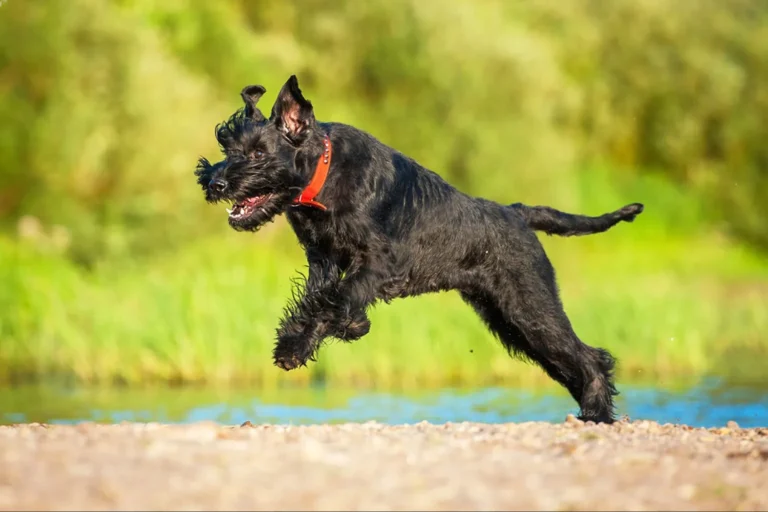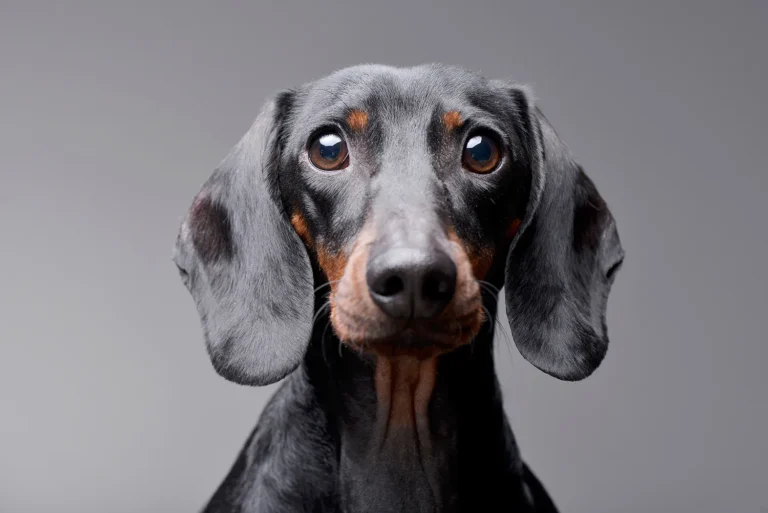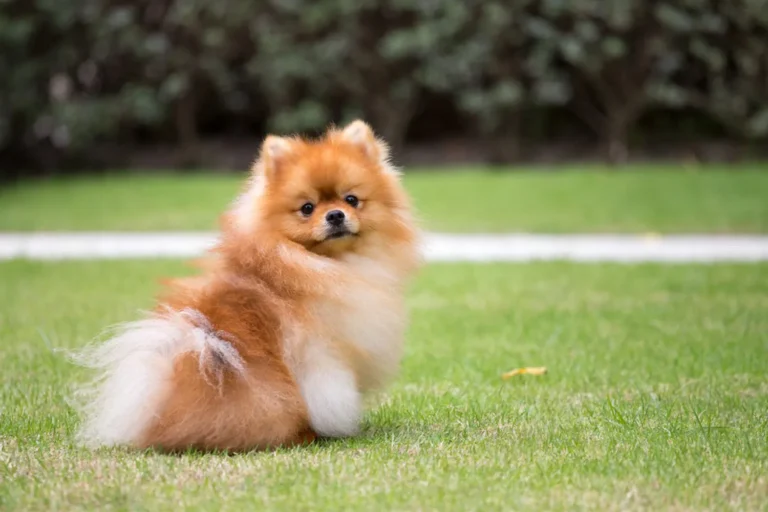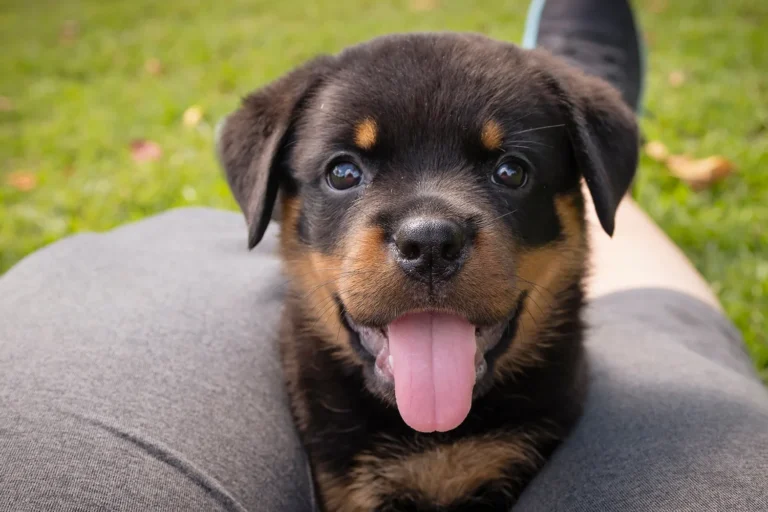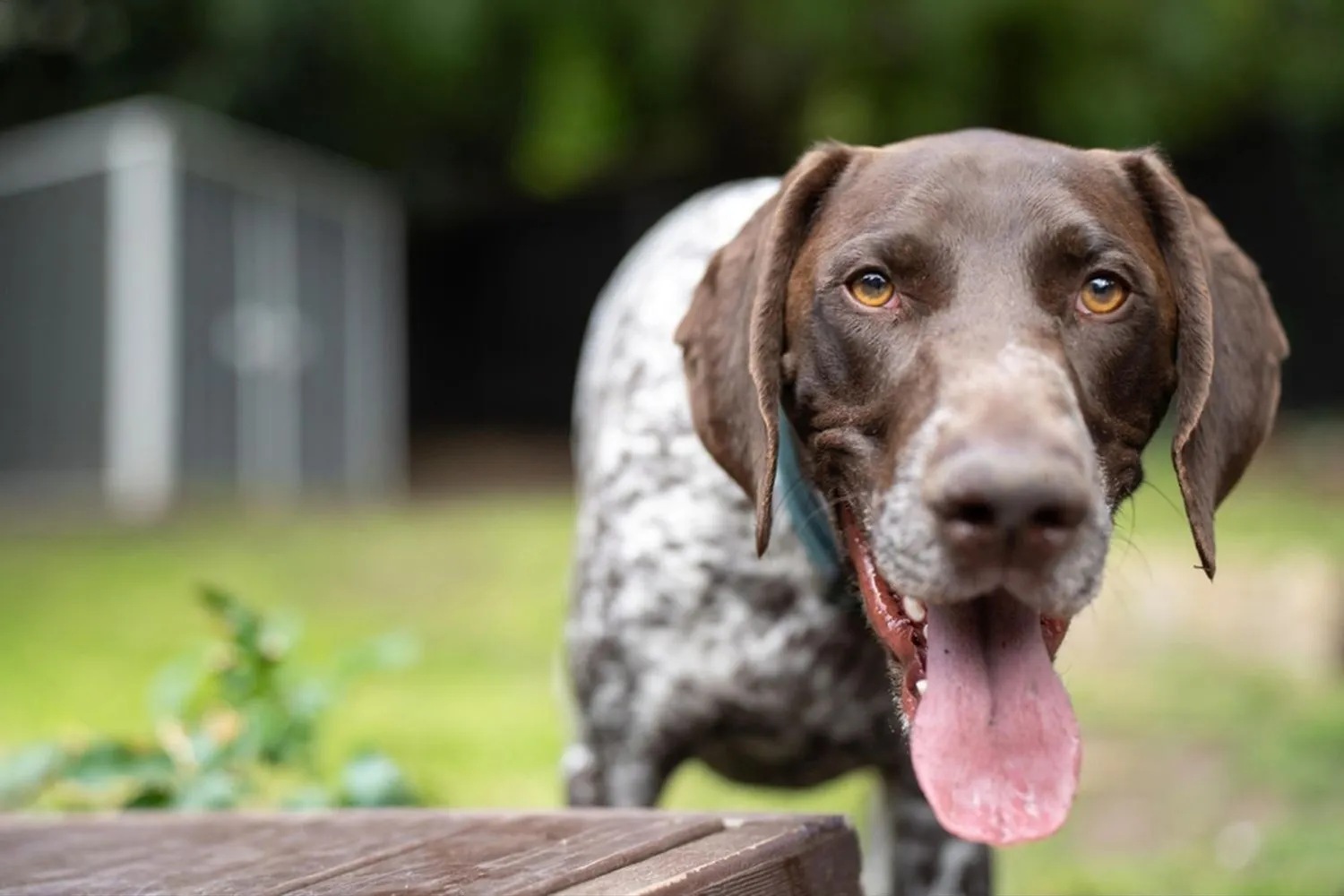
Choosing a dog for your family is a big, heart filled decision. Do a little homework temperament, size, energy, and grooming needs. I once fell for a fluffy pup, then realized daily brushing wasn’t our thing; we picked a short coated sweetheart instead. Meet the breed, chat with owners, and visit shelters or breeders. Match the dog’s energy to your lifestyle to turn a good dog into a great family member.
History and origin of the German Shorthaired Pointer
German Shorthaired Pointers were built for versatility long before “versatile hunting dog” was a buzzword. Back in the 17th century, German hunters started shaping a dog that could do it all: point upland birds, trail game with a serious nose, and retrieve from water without blinking. They blended Spanish Pointers for that classic, statuesque point, Bloodhounds for scenting power, and later imported English Pointers to add speed and style. The result was a balanced, athletic companion who could go from forest to field to marsh in a single day.
By 1872, the breed we’d recognize today was making its mark the first German Shorthaired Pointer was registered with the German Kennel Club, and enthusiasm took off. A breeder I once chatted with in Bavaria joked that the GSP was the “Swiss Army knife” of the hunting world, and honestly, it fits. They wanted one dog at their heel for everything, and that’s exactly what they crafted.
The breed hopped across the Atlantic in 1925 and quickly won over American sportsmen. The American Kennel Club recognized the German Shorthaired Pointer in 1930, and their popularity only grew from there. I remember meeting an older gentleman at a field trial who told me he fell in love with GSPs because his first one would point quail at dawn and swim out for ducks by noon then curl up under the dinner table like a perfect gentleman.
If you’re drawn to their history, you’ll notice it still reads in their body language today. My neighbor’s GSP, Otto, will freeze into a picture perfect point at the sight of a sparrow, then happily launch into a pond like it’s his job. It’s a good reminder for new owners: that centuries old engine under the hood needs daily exercise and a task, even if it’s just structured fetch, nose games, or a long hike. Honor their roots, and you get the kind of companion German hunters dreamed up devoted, tireless, and wonderfully game for anything.
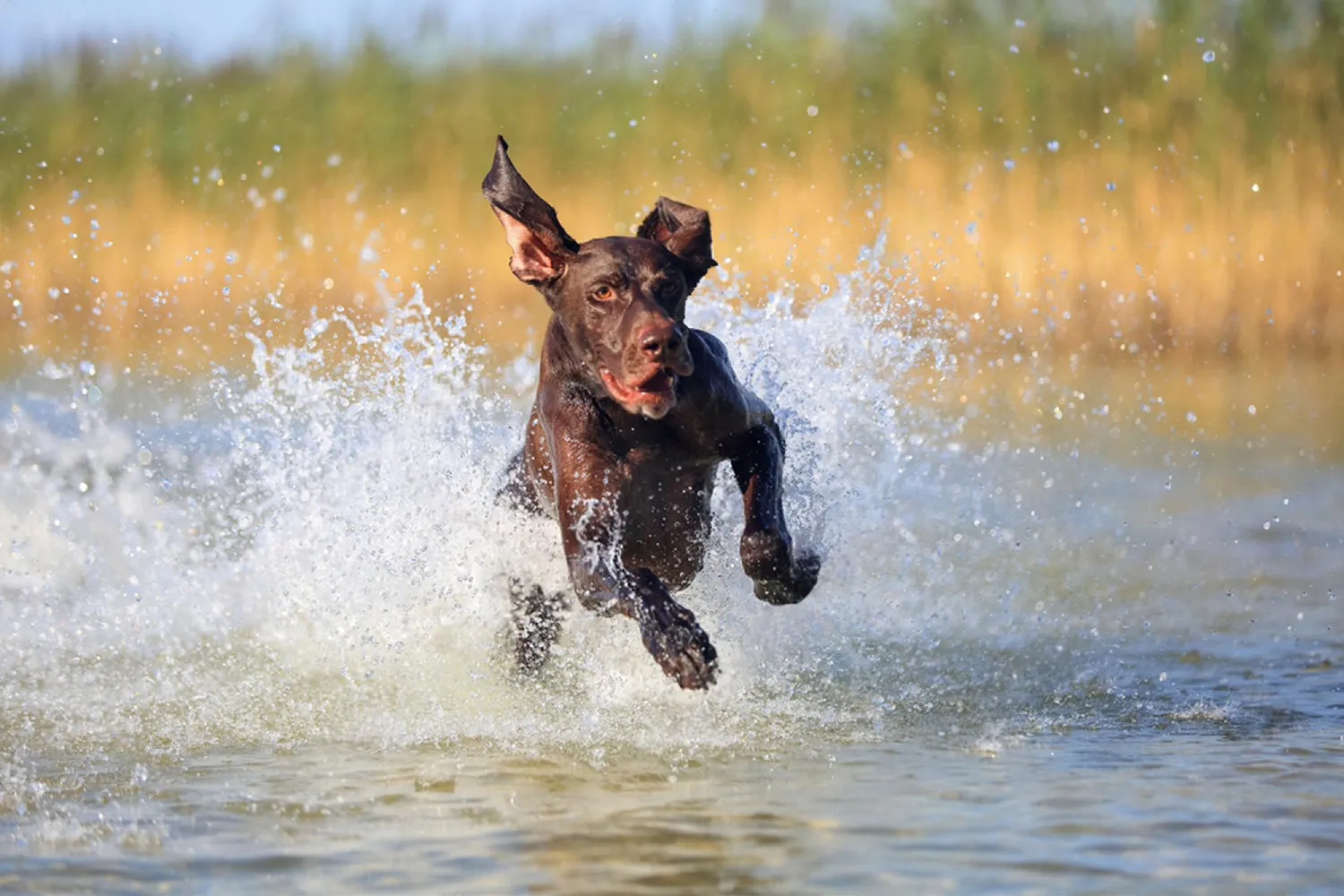
What Is a German Shorthaired Pointer?
Think sleek athlete in a short coat that’s the German Shorthaired Pointer. Bred as a powerful, streamlined bird dog, this medium to large sporting breed was made to work all day, pointing and retrieving on both land and water. They’re nimble and strong with an easy care coat and a love for the splash; those webbed feet aren’t just cute, they’re practical. I remember watching a friend’s GSP slice through a pond after a training bumper like a little brown torpedo shake off, big grin, ready to go again.
If you live an active life, a GSP is the kind of partner who keeps pace and then asks for one more lap. They thrive on jobs: scent games in the yard, long hikes, and fetch sessions that end only when the sun does. Training clicks fast because they’re smart and eager, but that same brain needs outlets or they’ll invent their own adventures. My tip: teach a rock-solid recall early and give them daily mental work hide and seek with treats, simple retrieving drills, or short obedience bursts. Off the clock, they’re affectionate housemates who lean in for cuddles, then perk up the moment you grab the leash or a dummy.
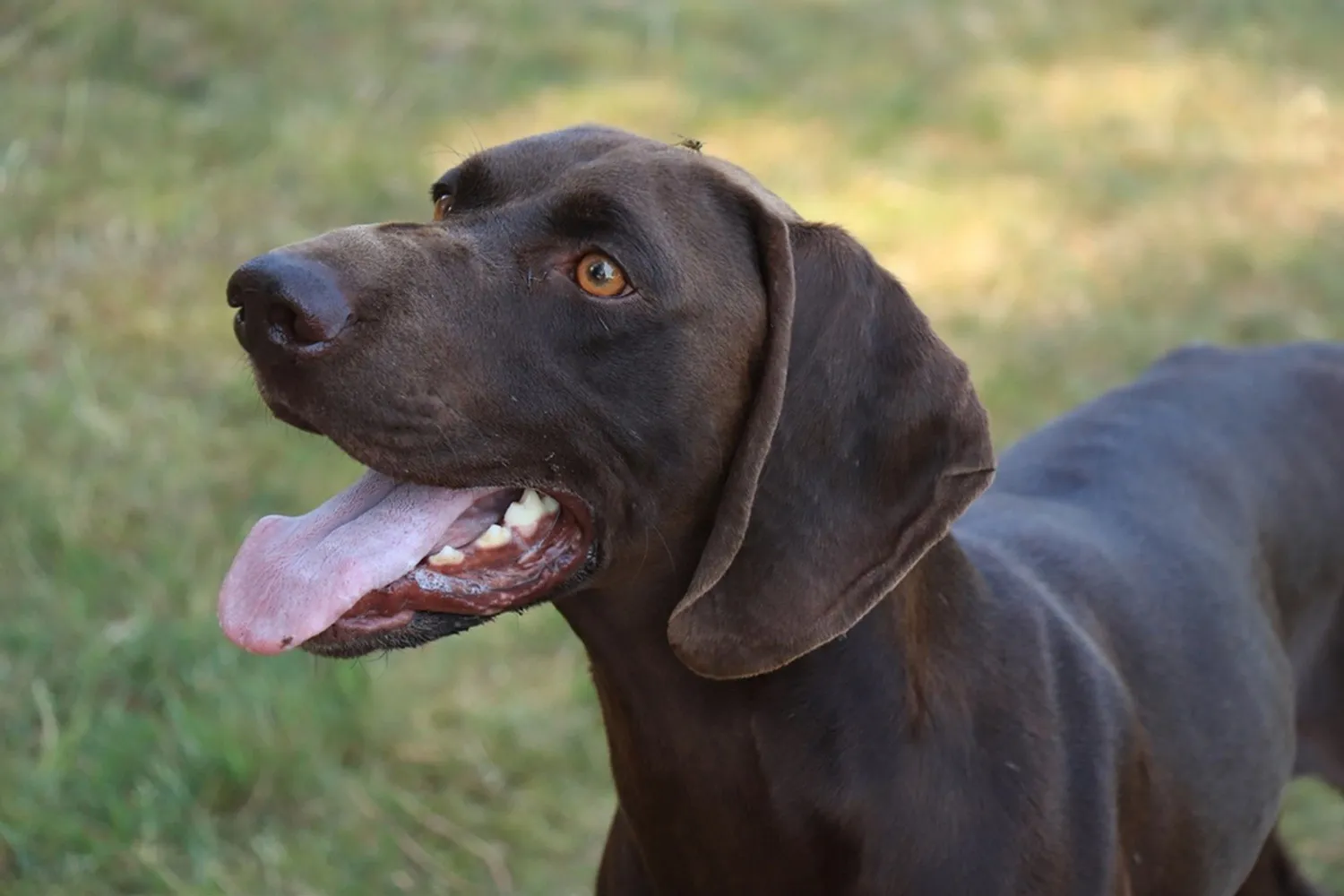
Who Is a German Shorthaired Pointer Best For?
Think of the German Shorthaired Pointer as that friend who’s always up for an adventure and wants you right there beside them. These dogs are energetic, people focused, and happiest when they’re part of your daily routine. If you can spend a lot of time with your dog and enjoy getting out for real exercise brisk walks, hikes, runs, or long games of fetch this breed is right in your wheelhouse. A quick lap around the block won’t cut it for a GSP; they thrive with purposeful activity and mental challenges like scent games or training sessions. Mine practically learned to “find it” just from me hiding kibble in the yard.
Active singles and couples often love them. A GSP makes a fantastic running buddy and weekend trail partner. I once joined a friend on a muddy woodland hike with her GSP, and that dog trotted happily for miles, nose down, tail wagging, then came home and curled up like a warm loaf against our legs.
They can be wonderful family dogs too, especially if raised with kids from the start. Just know their enthusiasm can bulldoze a toddler by accident. Those happy tails are coffee table height! Supervision is a must, and it helps to teach “settle,” “four paws on the floor,” and gentle greetings early. Baby gates, a safe resting spot, and having school age kids help with fetch and simple training games make life smoother for everyone.
For elderly owners, the key is fitness and consistency. If you enjoy long, regular walks and value companionship, a GSP can be an excellent partner. My retired neighbor walks her Pointer twice a day and does puzzle toys on rainy afternoons; on tougher days, she brings in a dog walker to keep the routine. With time, structure, and plenty of togetherness, German Shorthaired Pointers are affectionate shadows and joyful adventure buddies.
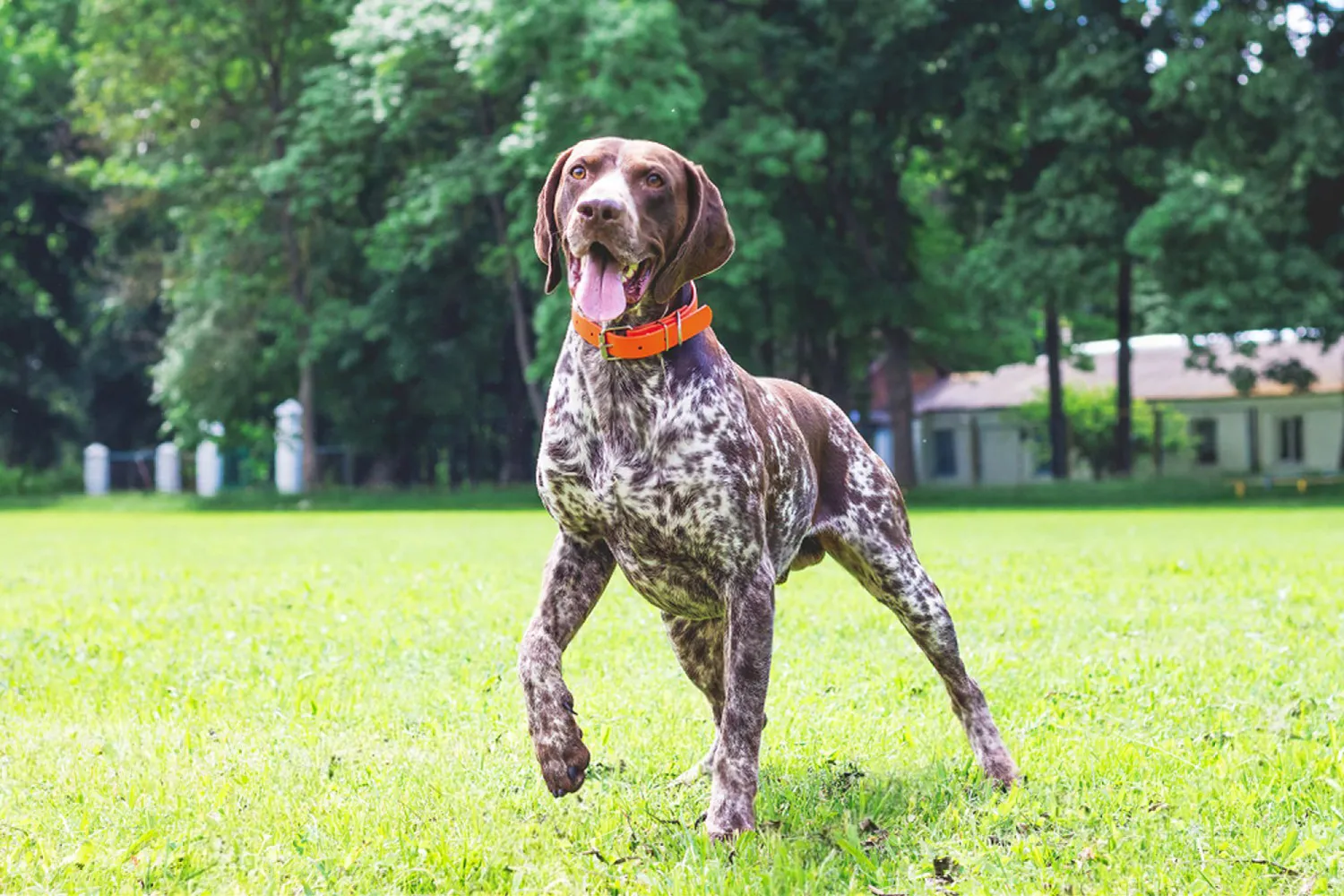
German Shorthaired Pointer Grooming & Shedding
Run your hand over a German Shorthaired Pointer and you’ll feel that sleek, close coat right away. It’s short and dense with a nice water repellent quality, almost like a well waxed jacket. The hair on the head is even shorter and softer velvety, really while you’ll notice slightly longer hairs around the haunches and under the tail. I remember the first time mine splashed into a pond; the water just beaded up and a quick shake later he was practically dry.
Day to day care is refreshingly simple. That classic reddish brown and white coat doesn’t need much more than a weekly brush. I like a firm bristle brush to lift loose hair and bring out a lovely shine; a rubber grooming mitt works wonders too, especially over the chest and shoulders. Most weeks I spend 5-10 minutes on a Sunday evening and call it good. Bathing is only when necessary, since their coat has natural oils you want to preserve. How often “necessary” is depends on your lifestyle after a muddy trail run or an afternoon rolling in mysterious field aromas, it’s bath time. Otherwise, a quick wipe with a damp microfiber towel and a thorough towel dry after swims keeps things fresh.
As for shedding, GSPs aren’t excessive shedders, but those short hairs can be persistent if you fall behind. A weekly brush with that firm bristle brush keeps the “hair cast” to a minimum. You might notice a slight uptick in spring, so I plan an extra brushing session and keep a lint roller by the door. A waterproof seat cover in the car saved my sanity and my upholstery during hiking season.
A few extra tips from life with a field loving dog: check the longer hairs around the haunches and under the tail for burrs after walks, especially in tall grass. Their drop ears can hold moisture after swims, so I gently dry and clean them to stay ahead of gunk. Nails often stay short with regular exercise, but I still do a quick check every couple of weeks. And if you’ve got a pup, make grooming a happy ritual early treats, praise, and short sessions. It turns that weekly brush into a cozy little routine for both of you.
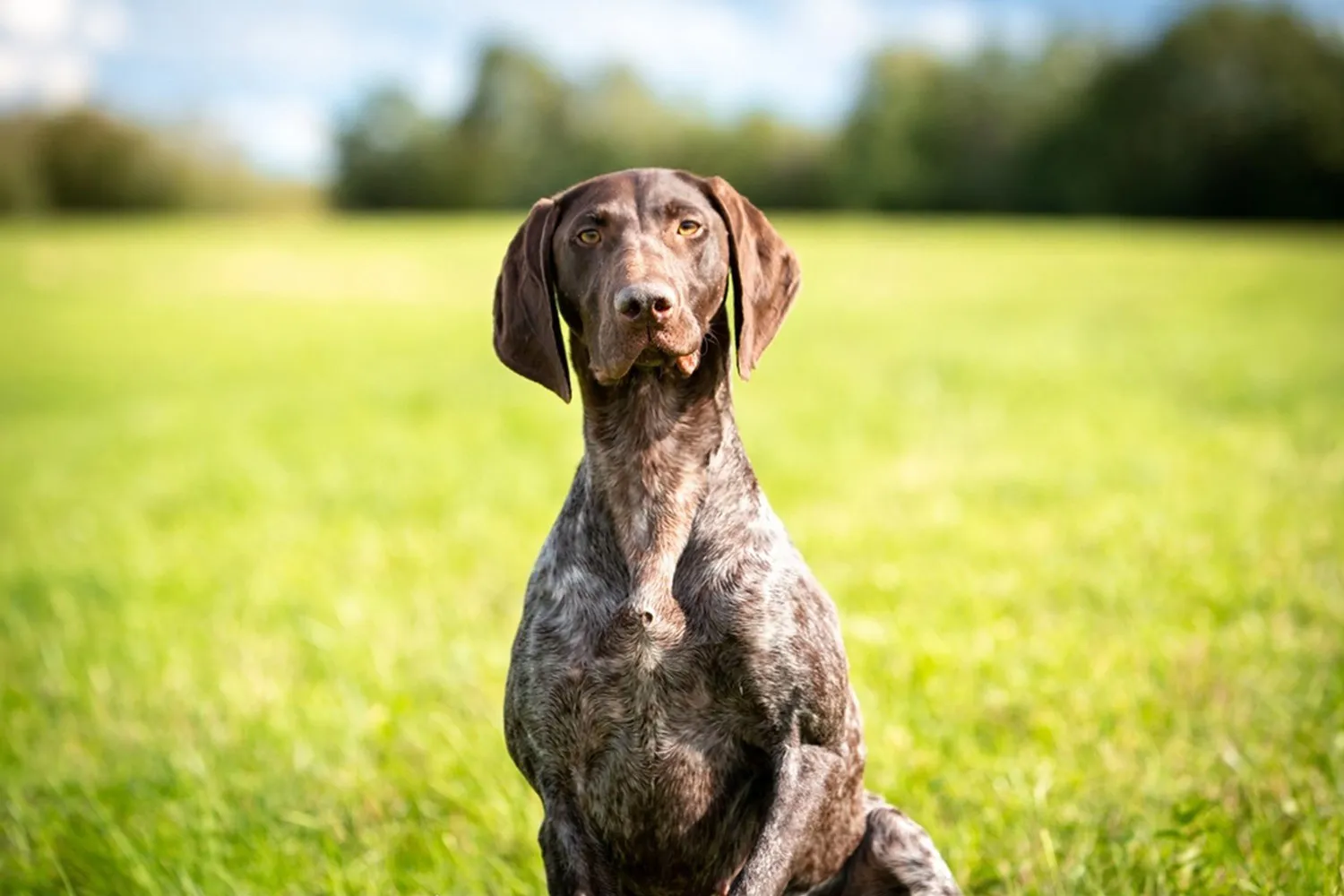
Do German Shorthaired Pointers Bark a Lot?
In my experience, German Shorthaired Pointers are more chatty with their paws than their mouths. Most of the GSPs I’ve lived with or trained save their voices for something that truly matters like a strange noise outside or a person approaching the door. You’ll usually get a couple of firm “woofs” to alert you, then they settle once they see you’ve checked it out. They make steady little watchdogs, but they’re typically reserved rather than aggressive; think polite hall monitor, not security guard.
One time my friend’s GSP, Moose, let out exactly two barks when a delivery driver arrived, then trotted off to find his favorite toy as if to say, “All clear back to playtime.” That’s pretty classic for the breed. If you’re worried about nuisance barking, good news: it’s rarely a big issue with GSPs when their needs are met.
A few tips that help: plenty of daily exercise and mental work (sniffy walks, hide and seek with kibble, quick training games). A tired pointer is a quiet pointer. Teach a “quiet” cue by calmly rewarding silence after an alert bark, and desensitize common triggers like the doorbell ring it, feed a treat, repeat. If you live in a busy area, manage the view with curtains or window film so every passerby isn’t an event. And remember, if a GSP starts vocalizing more than usual, it’s often boredom or a bit of anxiety talking address the cause, and the noise usually fades.
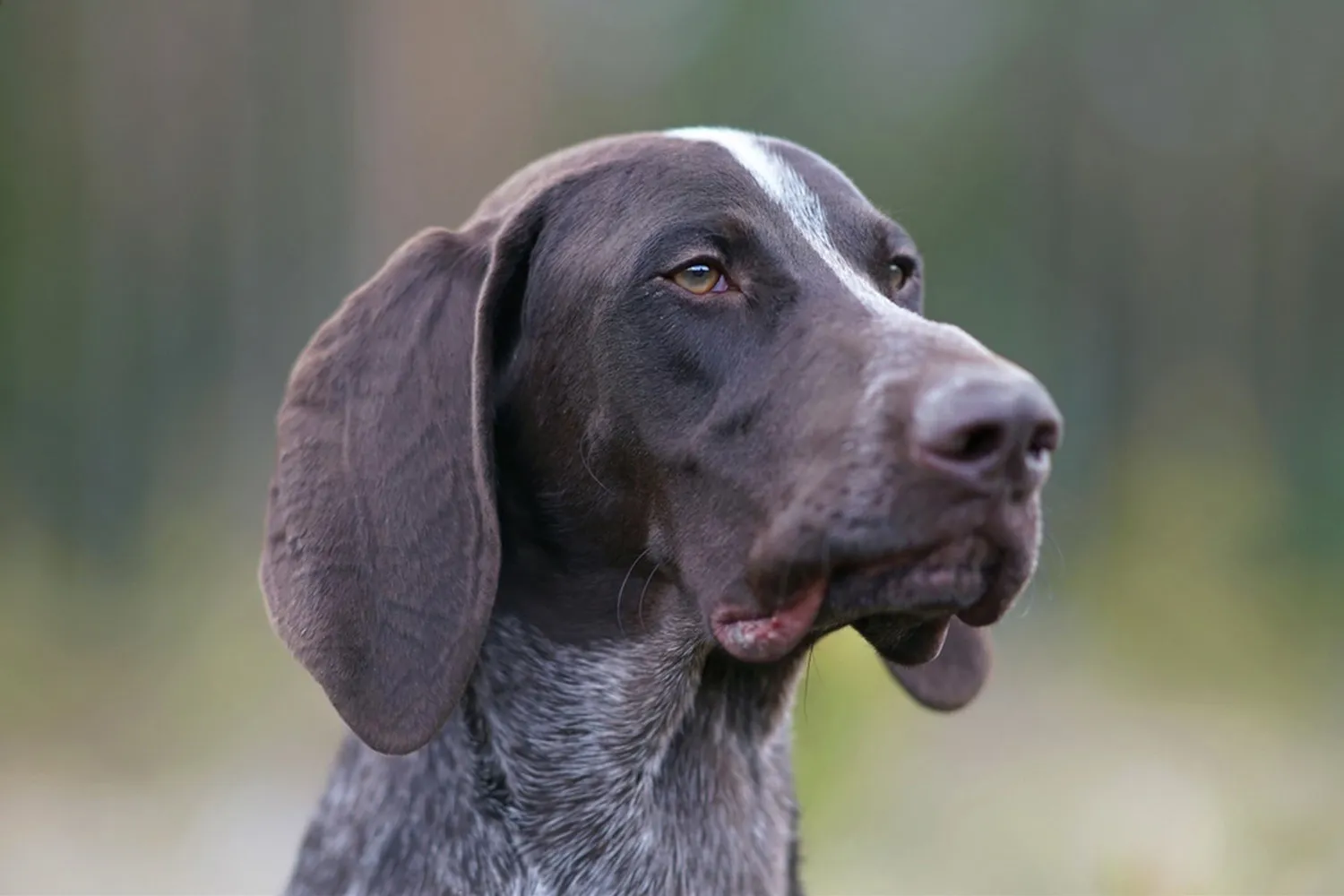
Average Height and Weight of German Shorthaired Pointers
German Shorthaired Pointers are built like athletes lean, springy, and ready to go at a moment’s notice. For size, most adult males stand about 58.5 to 63.5 cm at the shoulder and weigh roughly 25 to 32 kilos. Females are a touch smaller, usually measuring 53.5 to 58.5 cm and weighing around 20.5 to 27.5 kilos. They’re meant to be trim, not bulky; you should be able to feel their ribs with light pressure and see a nice tuck at the waist.
If you’re measuring at home, stand your dog on level ground and measure up to the top of the shoulder (the withers). I remember trying to measure my buddy’s GSP after a romp at the park he thought the tape measure was a toy and kept booping it with his nose. Pro tip: do it after a walk when they’re a bit calmer. As for weight checks, I do a quick “pick up and subtract” on the bathroom scale between vet visits, just to make sure we’re staying in that healthy range.
Don’t panic if your youngster looks like a gangly teenager for a while. Many GSPs hit their adult height first and fill out gradually with muscle as they mature. Keep portions sensible, ramp up exercise steadily, and let their athletic frame do the rest. Gear wise, I always choose adjustable harnesses and collars these dogs are powerful but slender, and a custom fit helps avoid chafing. And if the waist starts disappearing or the belly jiggle makes a cameo on runs, it’s time to revisit portions and playtime.
https://en.wikipedia.org/wiki/German_Shorthaired_Pointer
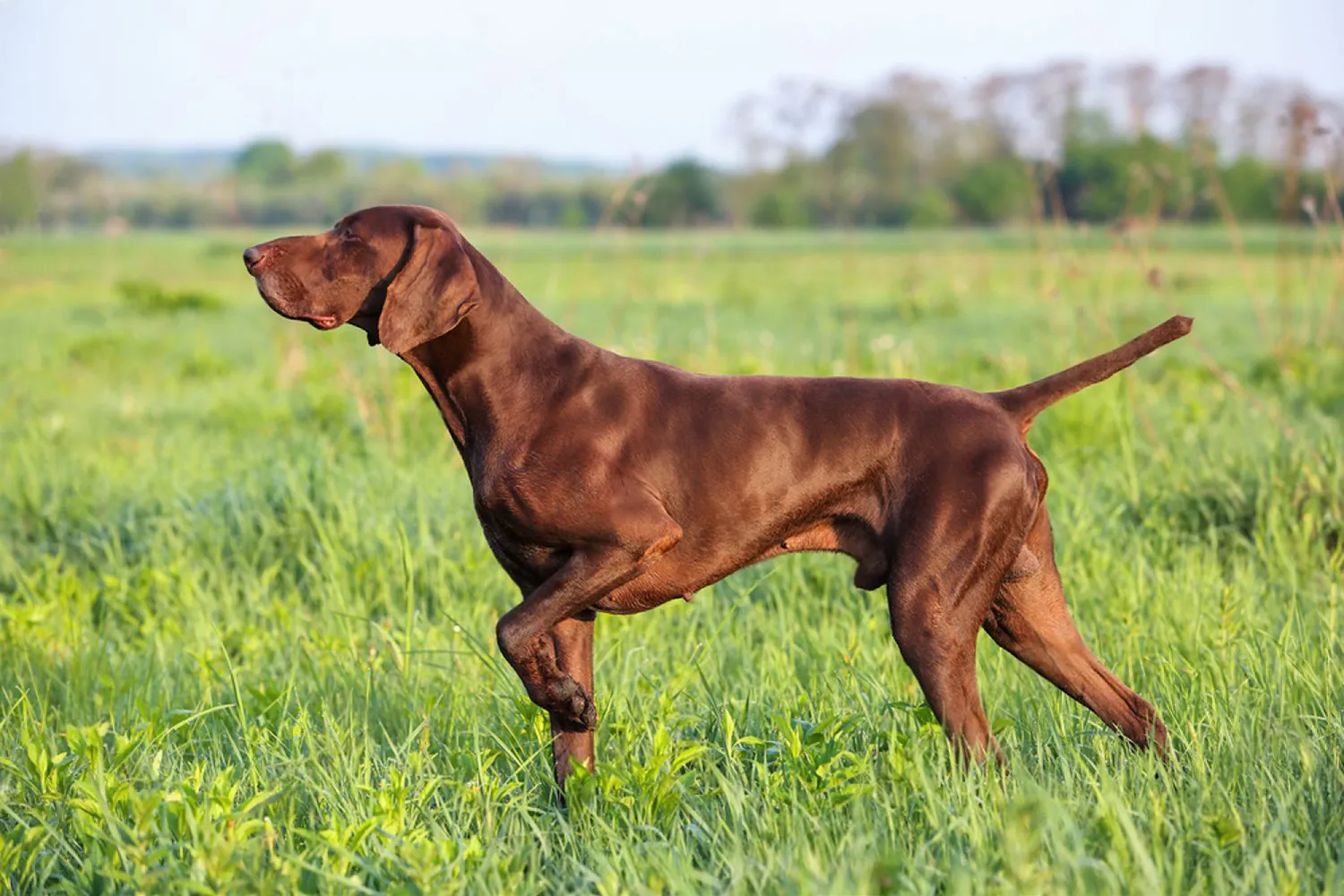
Are German Shorthaired Pointers Easy to Train?
Short answer: yes, if you put in the work. German Shorthaired Pointers are sharp, eager dogs who soak up new cues quickly when you keep sessions regular and fun. Start early. Puppy socialization classes are excellent for building confidence and manners around other dogs and people. I remember a friend’s GSP puppy, Scout, who went from chaotic zoomies to nailing “down” in a week once we switched to short, upbeat sessions with plenty of rewards.
That said, the early years can be a whirlwind. GSPs have energy to spare and a serious prey drive, so they need more than a quick walk. Plan on daily exercise plus mental workouts think scent games, puzzle feeders, hide and seek with toys, and simple obedience woven into fetch. I’ve had the best luck doing five to ten minute training bursts after a good run, when that first layer of energy is out of the way. Work on impulse control early: “leave it,” waiting at doors, and settling on a mat. For recall, practice on a long line and be consistent; don’t expect perfection around wildlife until you’ve put in lots of reps.
With steady training, clear boundaries, and plenty of enrichment, a GSP becomes an enthusiastic, reliable partner. They’re not a set and forget breed, but if you enjoy being active and teaching new things, they’ll make you smile every day.
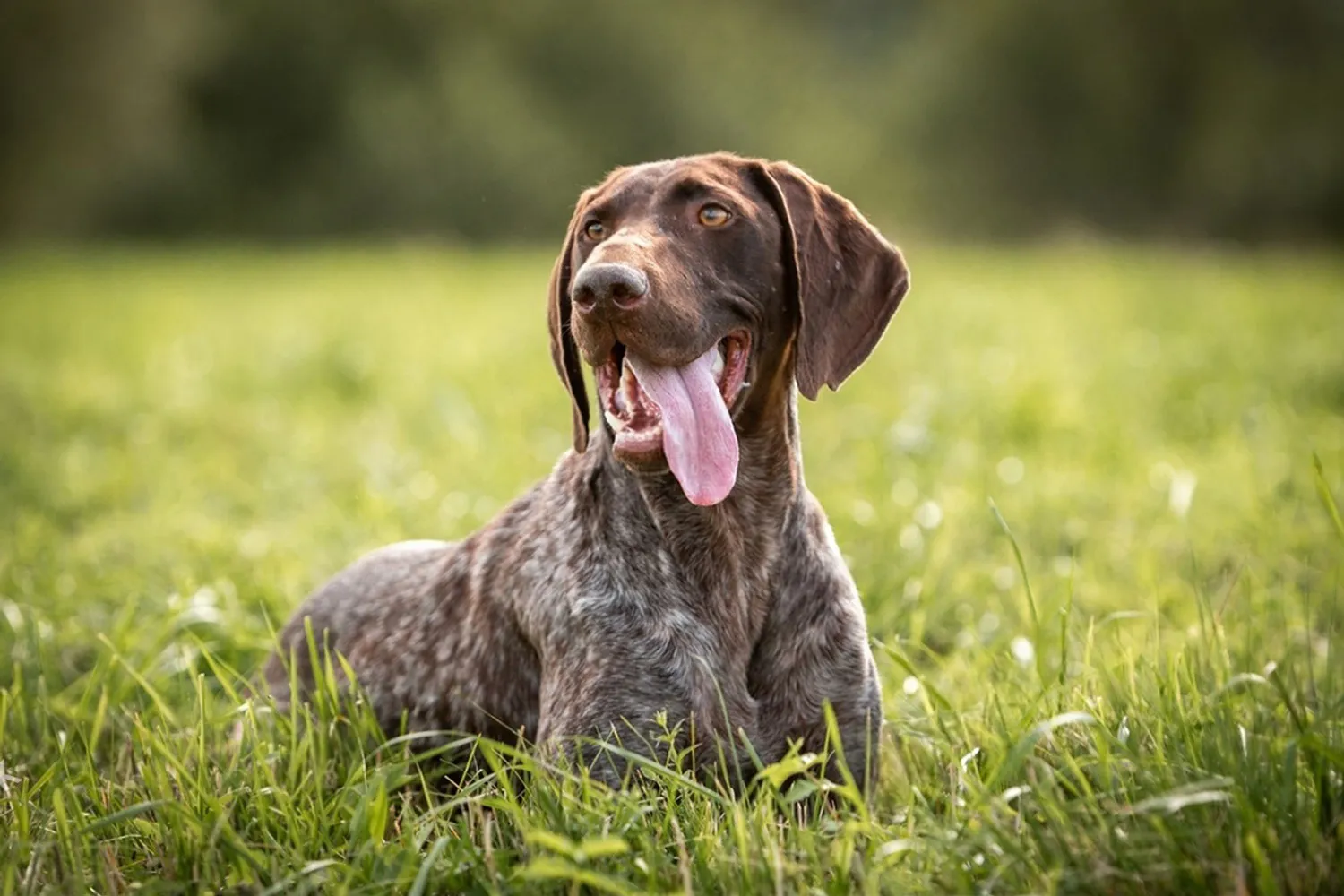
How Do German Shorthaired Pointers Behave? A Look at Their Temperament and Personality
Whenever someone asks me about German Shorthaired Pointers, I describe them as high octane athletes with hearts of gold. They’re affectionate, bright, and eager to be involved in whatever you’re doing preferably something active. This is a social breed that thrives on attention and action, and when their needs are met, they can be wonderfully calm companions who curl up like sleepy pretzels on the couch.
A lot of their personality starts with breeding. Lines bred for field work often come with extra drive and intensity, while show or companion lines may be a touch more laid back. If you’re getting a puppy, meet the parents if you can and ask about typical energy levels and temperament. When I spoke with a breeder in Oregon, she joked that her field bred GSPs are “coffee with a double shot” still sweet, just a bit more pep. Rescue groups can also share what fosters notice in different dogs: who’s a jogger, who’s a puzzle toy genius, who’s the resident cuddle bug.
Training and socialization from an early age are essential. These dogs are smart and sensitive, so positive reinforcement goes a long way. I took my GSP to a busy Saturday market when he was young, and we practiced settling on a mat while people and dogs wandered past. Those little lessons paid off later at cafes and family gatherings he learned that excitement is fun, but calm earns the good stuff too.
Exercise and mental stimulation are the big keys. A bored GSP will invent hobbies, and you might not love their choices ask me about the time a couch cushion “exploded.” Aim for daily, structured outlets: brisk walks, fetch with rules, long line hikes, and for adults, running or scent games. Puzzle feeders, hide and seek with treats, and short training sessions (recall, place, impulse control) help tire their brains. On rainy days, I do five minute training bursts between Zoom calls; you’d be amazed how a few rounds of nose work can take the edge off.
Remember, they’re not suited to being left alone all day. Build in companionship and teach independent downtime gradually crate or pen training with a safe chew can help. With the right mix of activity, guidance, and social time, a German Shorthaired Pointer transforms from a whirlwind into a wonderfully steady, happy teammate at home.
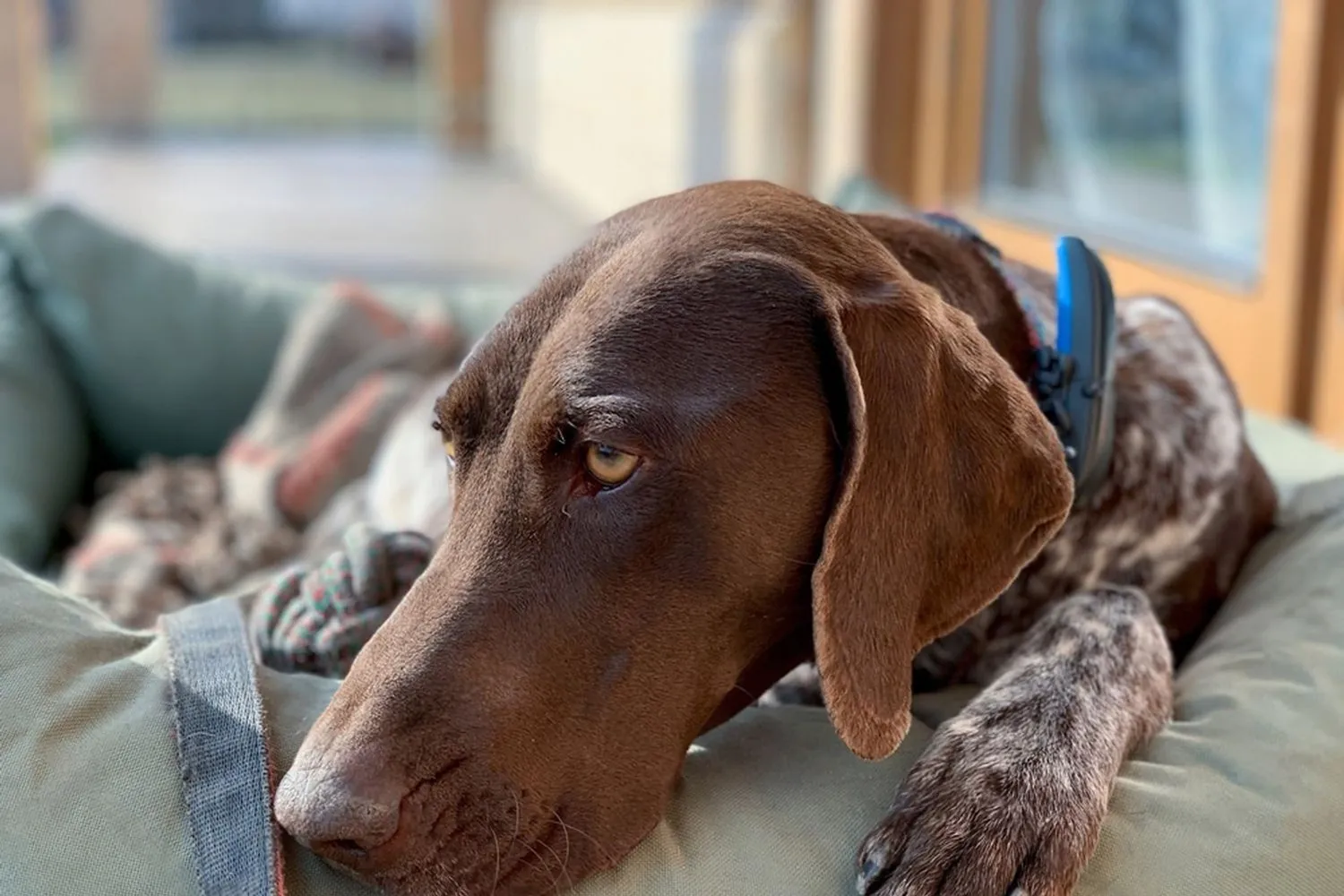
Do German Shorthaired Pointers Have Common Health Issues?
When I’m choosing a dog, I always look at the breed’s general health and what that might mean for day to day care and pet insurance. It’s not about expecting problems it’s about being prepared. A well bred German Shorthaired Pointer is generally a robust, energetic companion, but like all breeds, they have a few things that pop up more often than we’d like. Planning ahead can save you worry (and a bit of money) down the road.
First big tip: start with a reputable breeder who screens their dogs. Ask about health testing for hips and eyes, and whether there’s any family history of bleeding disorders. A good breeder will be happy to share records and talk through what they’ve done to reduce risk. I also put aside a little “dog rainy day fund,” because even healthy breeds can surprise you.
Cancer can affect Pointers, especially mammary tumors, lymphosarcoma, and mast cell tumors. I make a habit of doing a quick “nose to tail” check once a week running my hands along the body to feel for any new lumps, bumps, or sore spots. If you notice anything changing in size or texture, or any unexplained weight loss or lethargy, book a vet visit right away. Early detection has made a big difference for friends of mine who’ve been through it.
Hip dysplasia is another one to know about. It’s a deformity of the hip joint that can range from mild to severe. Keeping a GSP at a lean weight, building muscle with controlled exercise (think swimming or steady walks), and using non slip rugs at home can really help. I’ve had success with joint supplements after chatting with my vet, and for the more serious cases, surgery can be life changing.
Lymphedema is less common but can happen twisted or blocked lymphatic ducts cause swelling, usually in the limbs. If you notice persistent puffiness or pitting when you press the skin, call your vet. Management often involves keeping the skin clean and dry, watching for infections, and sometimes using supportive therapies your vet recommends. It’s one of those “don’t panic, but don’t ignore” situations.
GDV, or bloat, is the one every deep chested dog owner should memorize. It’s when the stomach fills with gas and can twist, and it’s an emergency. I keep a mental checklist for the signs: a swollen, tight belly, unproductive retching, drooling, restlessness, and obvious discomfort. One time, a friend’s GSP, Scout, started trying to vomit but nothing came up she trusted her gut and drove straight to the emergency vet. That quick decision likely saved his life. To help reduce risk, I feed smaller, more frequent meals, use a slow feeder bowl for gulpers, and keep activity gentle for an hour before and after eating. Some owners even choose a preventative surgery (gastropexy) after discussing it with their vet.
Von Willebrand’s Disease is a bleeding disorder seen in people and dogs. If a dog bruises easily, has frequent nosebleeds, or bleeds more than expected from minor cuts (even during nail trims), mention it to your vet. Pre surgical blood tests can help spot this and keep procedures safer. I keep styptic powder handy for nail trims just in case.
Entropion is an eyelid issue where the eyelid rolls inward, and those eyelashes can rub the eye. Signs include squinting, redness, tearing, or pawing at the face. It’s uncomfortable but very fixable surgery can correct it. I’m a big fan of daily eye checks after hikes; a quick wipe and a peek can catch irritation early, especially with adventurous Pointers who love brush and brambles.
Big picture: German Shorthaired Pointers are sturdy, enthusiastic dogs that tend to live active, happy lives. A little smart planning goes a long way choose a responsible breeder, keep up with regular vet visits, know the warning signs, and trust your instincts. And for peace of mind, price out pet insurance before you bring your pup home; it’s nice to focus on fetch and muddy trails, not what ifs.
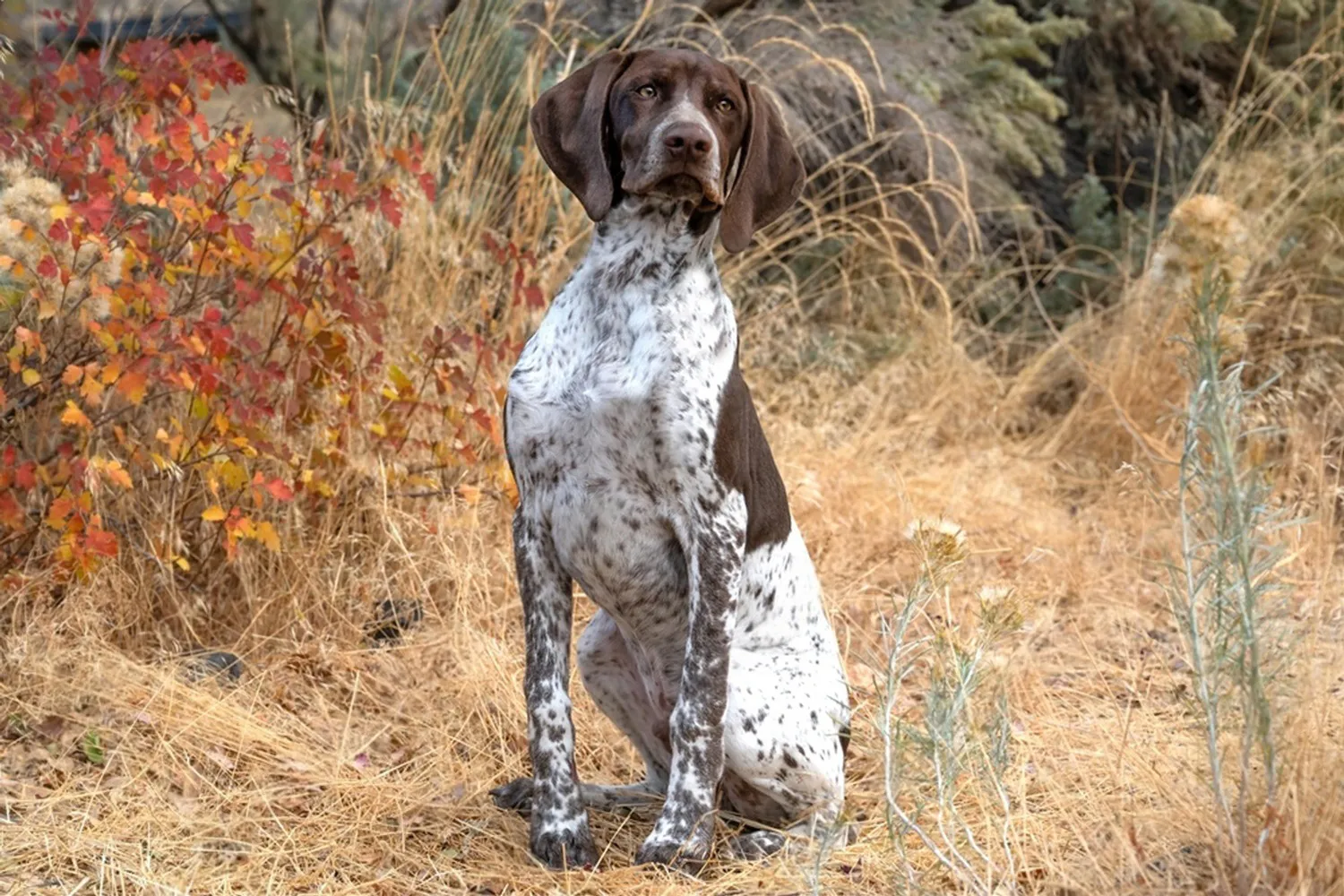
How long do German Shorthaired Pointers live?
Most German Shorthaired Pointers live about 12 to 14 years, which is a wonderful run for such an active, medium to large sporting breed. It’s on the higher end of average dog life expectancy, and with good care, many GSPs stay lively and goofy well into their senior years. My old guy, Scout, turned 13 and still insisted on a victory lap around the yard every morning before breakfast. We celebrated his 12th with a peanut butter pupcake and a long, sniffy walk his idea of the perfect party.
If you’re hoping to help your GSP reach the top of that range, think consistency. Keep them lean with a high-quality diet, give them daily exercise that balances sprinting with steady, lower impact movement, and don’t forget their brain puzzle toys and scent games tire them out in the best way. Regular vet checkups and good dental care make a big difference over the years. I also like to warm up before we go full throttle at the park and cool down with a calm leash walk afterward; it’s a small habit that seems to keep those athlete joints happier.
As they ease into their senior years (often around 8 to 10), you might notice a slower pace or a longer nap schedule. That’s your cue to swap marathon fetch for gentler hikes, add a supportive bed, rugs for traction, and talk to your vet about joint support or senior wellness screens. A neighbor’s GSP made it to 15 with a lot of love and thoughtful adjustments proof that with smart care and a bit of luck, these versatile companions can share a long, joyful life by your side.
How Much Should a German Shorthaired Pointer Eat?
Feeding a German Shorthaired Pointer is a little like fueling an athlete: age, size, and activity level make all the difference. Puppies are growing fast and need a high-quality puppy formula with the right balance of protein, fat, and minerals. I like to split puppy meals into three or four smaller feedings through the day so their energy stays steady and their tummies don’t get overwhelmed. As they grow, your veterinarian can help fine tune portions and when to transition to adult food it’s comforting to have a pro guide those changes.
For most adults, a good starting point is two to three cups of quality dry food per day, divided into two meals. I measure with a standard kitchen cup and keep an eye on body condition: you should be able to feel ribs under a thin layer of muscle, but not see them sharply. If your GSP had a big day of hiking or training, a small bump on the higher end of that range can make sense; on quieter weeks, I slide toward the lower end. My friend’s lean, field bred GSP needed an extra half cup during hunting season, then dropped back when the miles did.
A few simple habits go a long way. Count treats as part of the daily calories (those training nibbles add up), use a slow feeder if your dog inhales meals, and introduce any new food gradually over a week to keep digestion happy. And whenever you’re unsure especially with puppies or seniors check in with your vet. They’ll adjust the plan as your dog’s body and lifestyle evolve.
German Shorthaired Pointer FAQs
Is a German Shorthaired Pointer ideal for a first time dog owner?
This breed is brilliant and bursting with energy, which makes life fun but also a bit of a handful. Training isn’t just “sit and stay”; you’re looking at structured sessions, lots of consistency, and plenty of mental work like scent games or puzzle toys. I remember skipping a training day once and paying for it with turbo zoomies around my kitchen. Generally, they’re better suited to folks who’ve handled active, driven dogs before. That said, a committed first timer who has time, a solid routine, and maybe a good trainer on speed dial can absolutely make it work.
Do German Shorthaired Pointers suffer from separation anxiety?
GSPs bond hard with their people and can struggle when left alone too long. My friend works from home and found that short, calm “alone time” practice starting with just a few minutes made a huge difference. Crate training, food stuffed toys, and a good walk or sniffy session before you step out can help. If you’re out most of the day, consider a dog walker, doggy daycare, or a trusted neighbor to break up the time. These dogs really thrive in homes where someone can be around more often.
Are German Shorthaired Pointers hypoallergenic dogs?
They aren’t hypoallergenic. Their coat is short and manageable, and while they don’t shed as much as some other breeds, those tiny hairs can still sprinkle onto your clothes and couch. If you’re sensitive, try weekly brushing with a rubber grooming mitt, frequent vacuuming with a HEPA filter, and keeping a couple of dog free zones in the house. I always suggest meeting a GSP in person to see how your allergies react before committing.
Will a German Shorthaired Pointer need professional grooming?
Not usually. Their short coat is low maintenance: a quick weekly brush to knock off loose hair, and a bath only when they’re dirty or smelly. After muddy hikes, I hose mine off, towel dry, and we’re good. Don’t forget nails every few weeks, a regular ear check (especially after swims), and basic dental care. A hound glove or rubber curry brush keeps that coat glossy without much fuss, and you can skip the fancy salon unless you just want the nail trim help.
Disclaimer:
This article is for informational purposes only and doesn’t replace professional veterinary or training advice. Always consult a certified vet or dog trainer for guidance specific to your pup.

